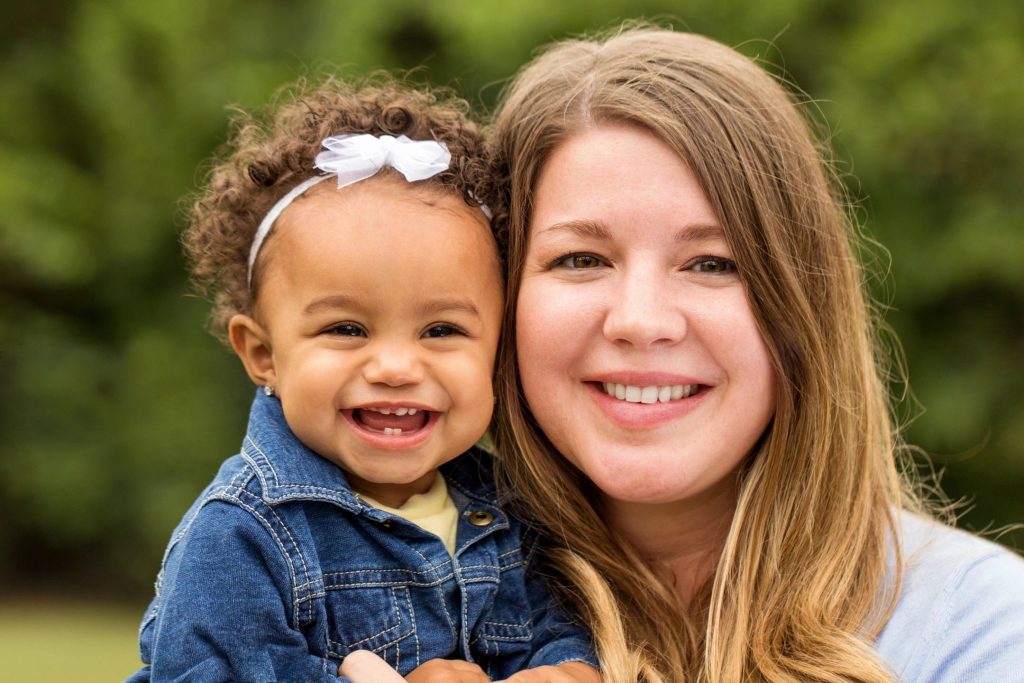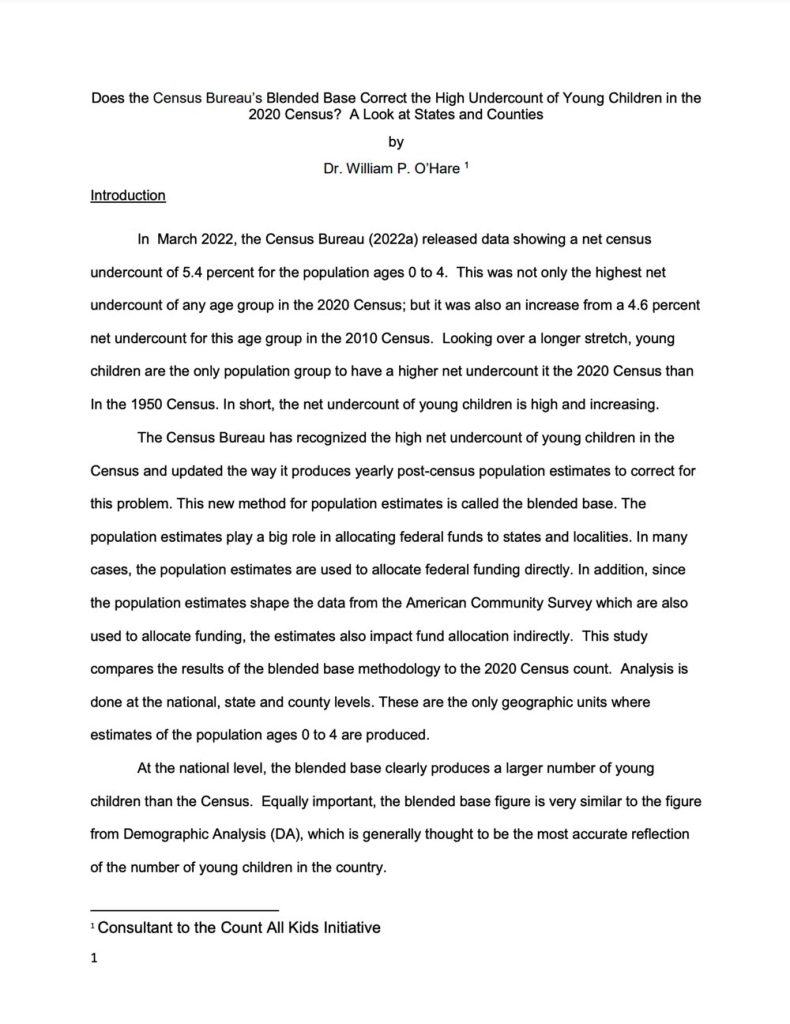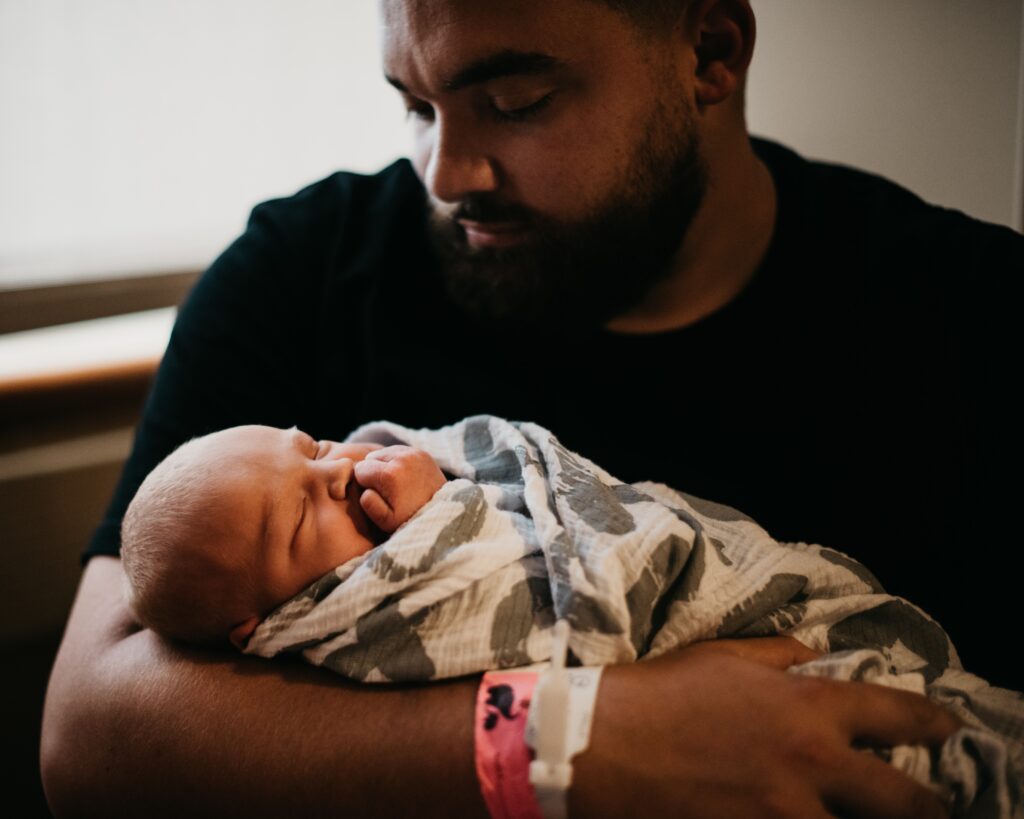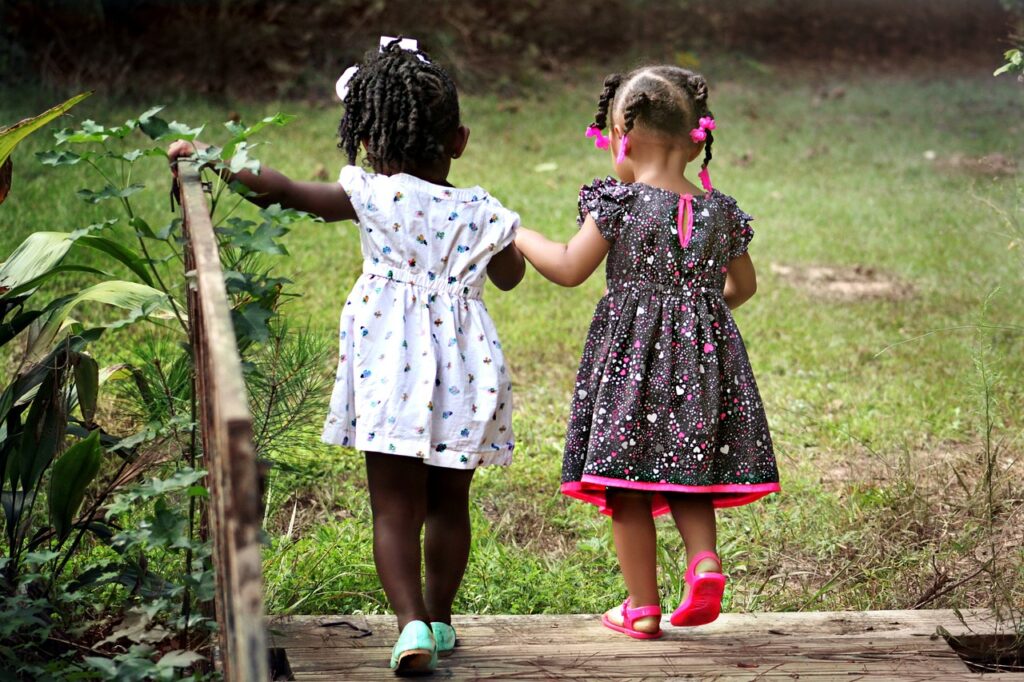In March 2022, the Census Bureau (2022a) released data showing a net census undercount of 5.4 percent for the population ages 0 to 4. This was not only the highest net undercount of any age group in the 2020 Census; but it was also an increase from a 4.6 percent net undercount for this age group in the 2010 Census. Looking over a longer stretch, young children are the only population group to have a higher net undercount it the 2020 Census than In the 1950 Census. In short, the net undercount of young children is high and increasing.
The Census Bureau has recognized the high net undercount of young children in the Census and updated the way it produces yearly post-census population estimates to correct for this problem. This new method for population estimates is called the blended base. The population estimates play a big role in allocating federal funds to states and localities. In many cases, the population estimates are used to allocate federal funding directly. In addition, since the population estimates shape the data from the American Community Survey which are also used to allocate funding, the estimates also impact fund allocation indirectly. This study compares the results of the blended base methodology to the 2020 Census count. Analysis is done at the national, state and county levels. These are the only geographic units where estimates of the population ages 0 to 4 are produced.
At the national level, the blended base clearly produces a larger number of young children than the Census. Equally important, the blended base figure is very similar to the figure from Demographic Analysis (DA), which is generally thought to be the most accurate reflection of the number of young children in the country.
But the most significant data from the decennial census are numbers for states, counties, and other substate areas. Substate demographics are used to allocate political power through redistricting, and they also drive a lot of federal funding. It may be the case that the differences between the blended base and the 2020 Census are highly concentrated in just a few states or counties. Or it may be the case that the differences are seen in most states and counties.
This study is similar to an earlier study that examined the relationship between the blended base and the 2020 Census counties for all children ages 0 to 17 (O’Hare 2022). The same comparison has also been done for Hispanic children ages 0 to 17 (Quiros et al. 2023). Those studies showed the relationship between blended base and 2020 Census count for states and counties is complicated for children ages 0 to 17. The situation for young children may be different.
In this study the 2020 Census counts for young children are compared to the Census Bureau’s blended base that is being used for Census Bureau’s post-2020 Census population estimates. The blended base has been adjusted to try and correct known flaws in the 2020 Census counts including an adjustment to compensate for the high net undercount of young children in the 2020 Census.
Preliminary evidence looks promising. According to the Census Bureau (U.S. Census Bureau 2023 , slide 7), “The undercount for young children in the 2010 Census (ages 10 to 14 in 2020) and the 2020 Census (ages 0 to 4) is somewhat mitigated in the blended base, “This analysis will help us understand how well that process worked for states and counties.









